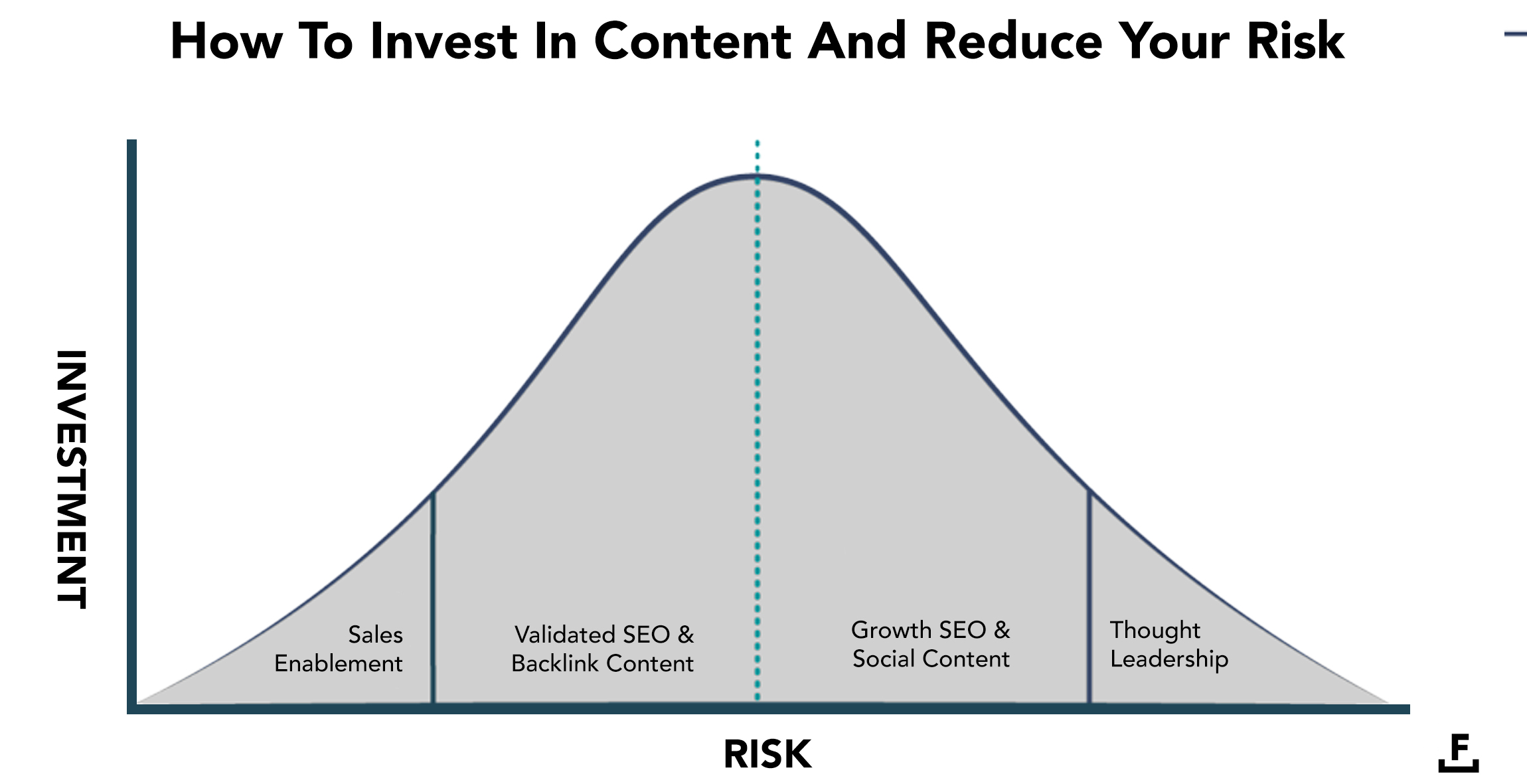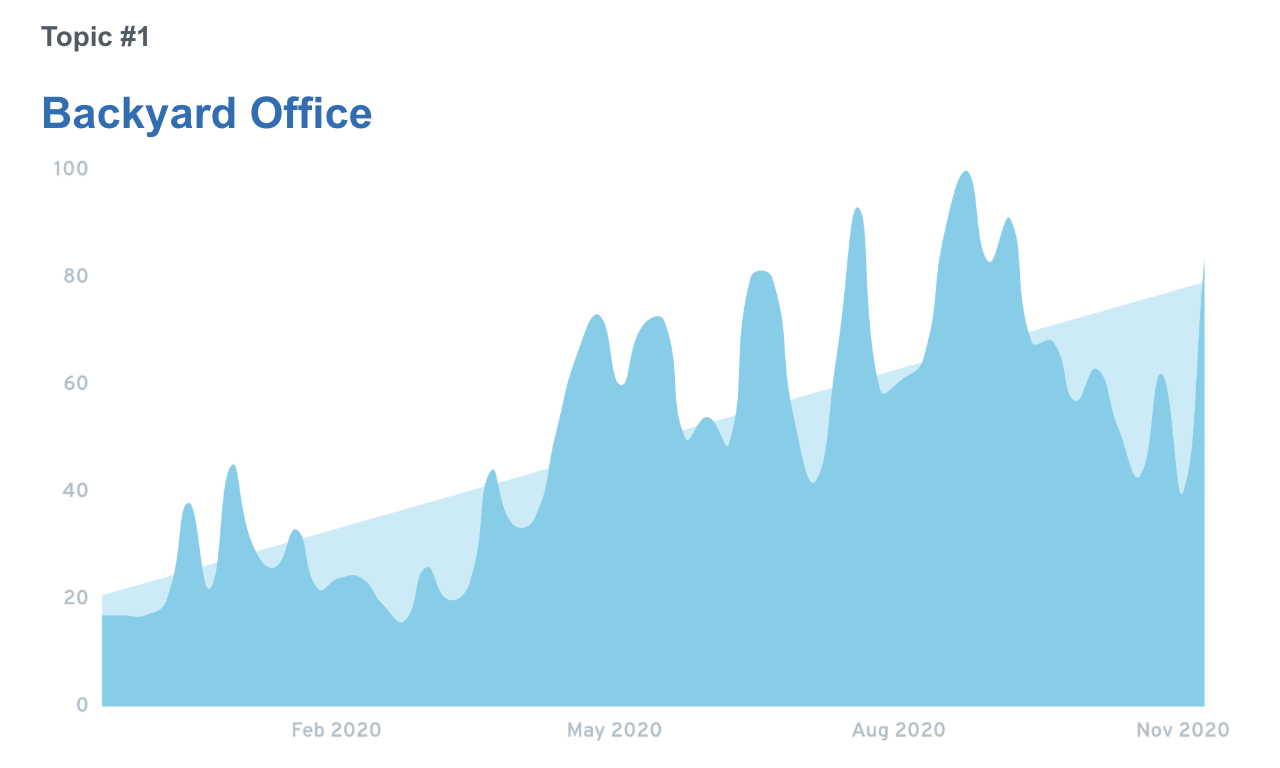Risk comes from not knowing what you’re doing – Warren Buffett
How much do we need to invest in content?
That’s the question almost every CMO is going to be asked by their management team.
The truth is…
Determining your content marketing budget is one of the most difficult things to do. It’s something that varies from one organization to the next due to a lot of factors that go into making the decision.
Some organizations have a strong content culture. Some organizations’ primary acquisition channel is already established. Some organizations have an executive team that doesn’t understand content marketing. Some organizations don’t have a tolerance for risk. Some organizations have big budgets. Some organizations have small budgets. Some organizations are hoping to 10x growth. Some organizations are trying to maintain their position in the market.
The number of variables that go into determining the budget is significant…
But no matter the organization — One thing most can agree on is this:
We all want a return from the content we create.
But our risk tolerance is going to vary…
The following chart is an example of a content allocation portfolio that I believe can offer brands a medium risk & high return investment:

The idea here is that the way you allocate your content investment should be in four areas:
- Validated SEO Content
- Backlink Content
- Growth SEO Content
- Social Content
What do each of these descriptors represent?
Let me explain:
Validated SEO is content that is created based on current opportunities. The determination of whether or not something is validated is based on search volumes, competitors showing up in the SERP and your ability to rank for these keywords and phrases.
For example, if I was the CMO of a Graphic Design tool and already dominated the market for search – a validated opportunity for me would be to create a piece of content that compares me and my competitors. Especially if the search data shows that this is a type of search query that already exists but no one has developed content to fulfill that demand.
Backlink content is content that has the sole purpose of generating links from high authority domains (ie. trusted sources). The effort here would be to reverse engineer the success of highly linked to assets and use that insight to guide your own approach. I’ve referred to this methodology in the past as the Sherlock Homeboy method. It works wonders.
Growth SEO is content that is created based on future opportunities. The determination of whether or not something is a growth opportunity is often based on a splash of research and a sprinkle of gut feeling and intuition. As an example, the newsletter Exploding Topics from Brian Dean shares a lot of data around things that people are starting to search for. As an example, this week the newsletter talked about the rise in search for “Backyard Office”:

So how would you capitalize on this?
You start to create content based on the assumption that the demand for content on this topic is going to increase. If I’m an SEO at a home improvement retailer; I’m going to study search behavior around “Home Office” and apply those lessons to “Backyard Office”. I would open up a keyword search tool and start looking at the volume related to keywords like “Home Office” and be met with a list of keyword ideas like these:

The next step is to start creating content addressing these keywords but with a backyard lens.
For example:
- How To Design Your Small Backyard Office
- The Best Monitors For Backyard Offices
- The Best Desks For Your Backyard Office
- Backyard Office Tax Deductions: What You Should Know
- 55 Backyard Offices For Planning Inspiration
All of these pieces of content could be worth a lot in the future if the demand is there. This is what we’re talking about when we describe Growth SEO opportunities. It’s also why we always say that SEO & content is more like investing than most people think. If you can play your cards right today and create content that will have an exponential amount of search volume in 2-3 years; you’re going to have a competitive advantage over those playing catch up.
The other bucket of investment is social content. Social content consists of assets that you have some confidence will resonate with your target audience on social media. Whether it’s the development of a blog post intended to get shares or the repackaging of old content into a Twitter thread — the idea is to invest time in creating content your audience will want to share or engage with on social media.
That makes up the bulk of the investment.
Validated SEO content. Growth SEO content. Backlink content. Social content.
On the anchors of this foundation of your plan would be two types of content that are at polar opposite spectrums of risk. Sales enablement content (which is very low risk) and thought leadership content (which is very high risk).
Sales enablement content is content that helps sales teams sell. It’s not often considered the most fun type of content to create but it can quickly pay for itself (if not more). Sales enablement content includes things like sell sheets, case studies, ABM assets, etc… All of this content is relatively low risk because you know sales is going to use it.
On the flip side, thought leadership content is risky because we don’t know exactly what is going to resonate with an audience and what will fall flat. In fact, sometimes what a brand (or CMO) views as thought leadership content is actually nothing more than fluff pieces.
The best teams invest time and energy in ensuring that their thought leadership pieces are rooted in a position that the organization believes in OR is rooted in strong research or data. There’s still a risk that the content won’t perform as well as you expect but it could very well take off..
So to wrap this up:
The key takeaway here is that the best way to reduce your risk when planning a content marketing budget is to take an approach that uses low risk and high risk activities as the bread and tested methodologies as the peanut butter & jelly in between.
That all said…
Everything is a risk. Creating thought leadership assets is a risk. Creating validated SEO content is a risk. And yes… Not creating content at all is also a risk… The question becomes are you willing to take a bit of risk for the extraordinary? Or prefer settling for the usual?
Choice is yours.








